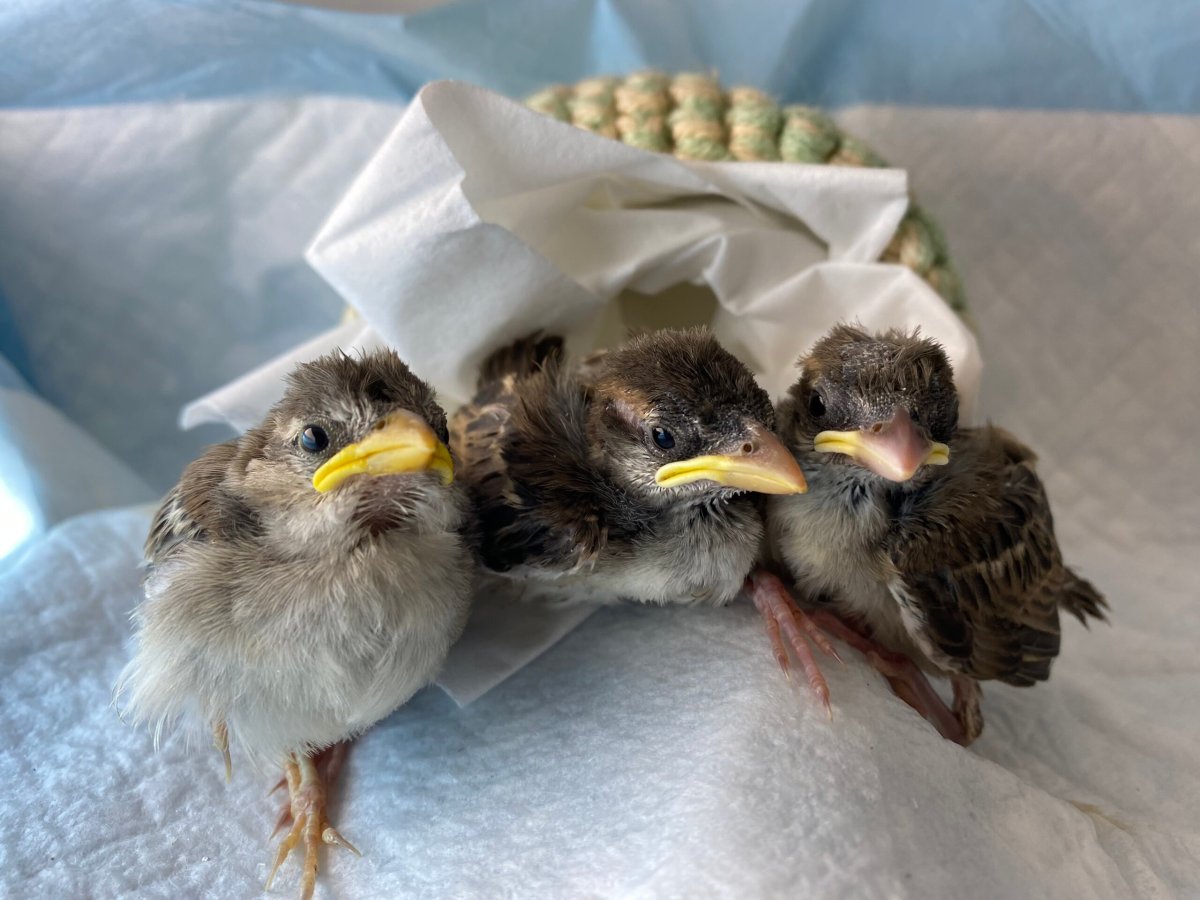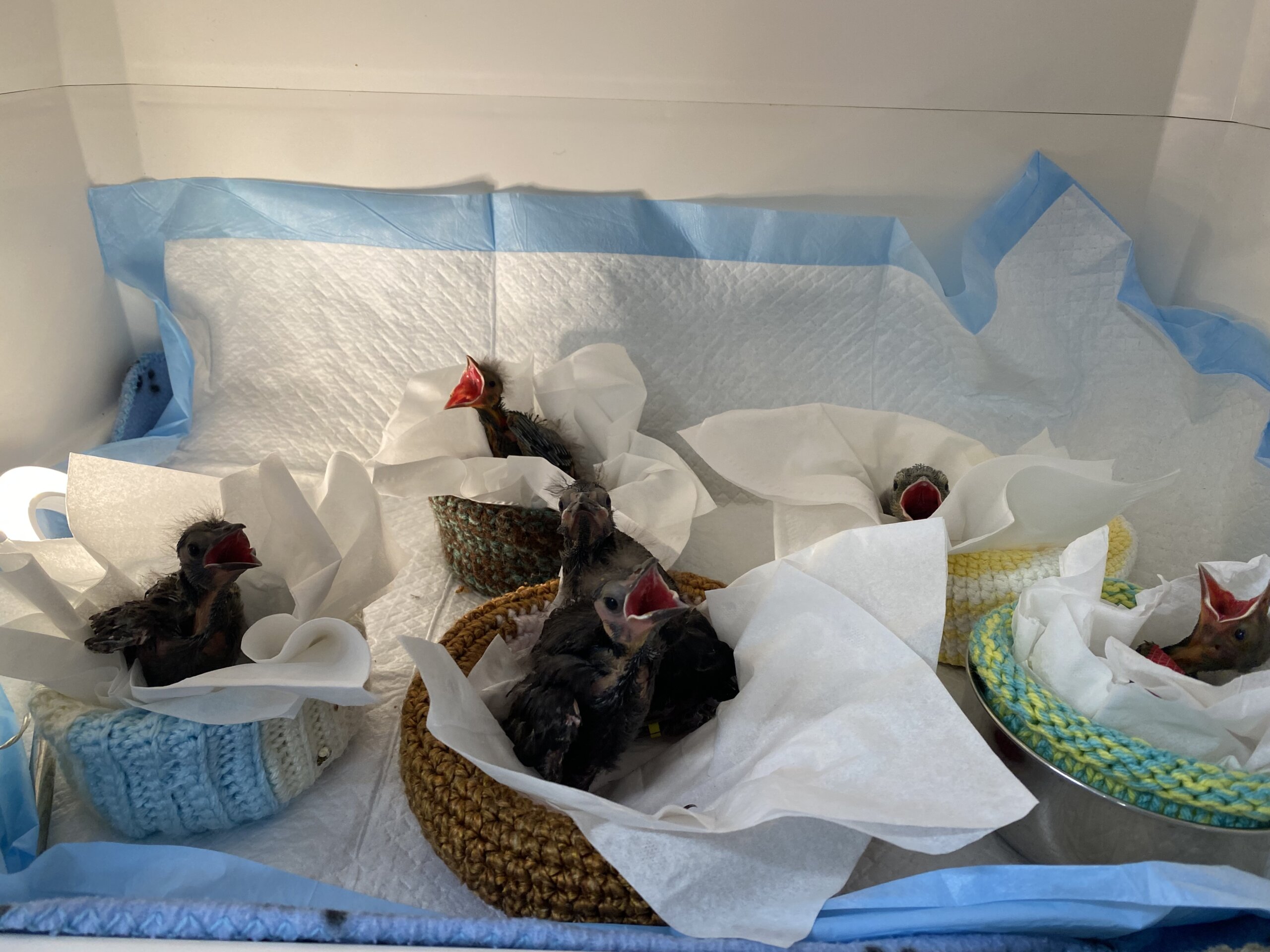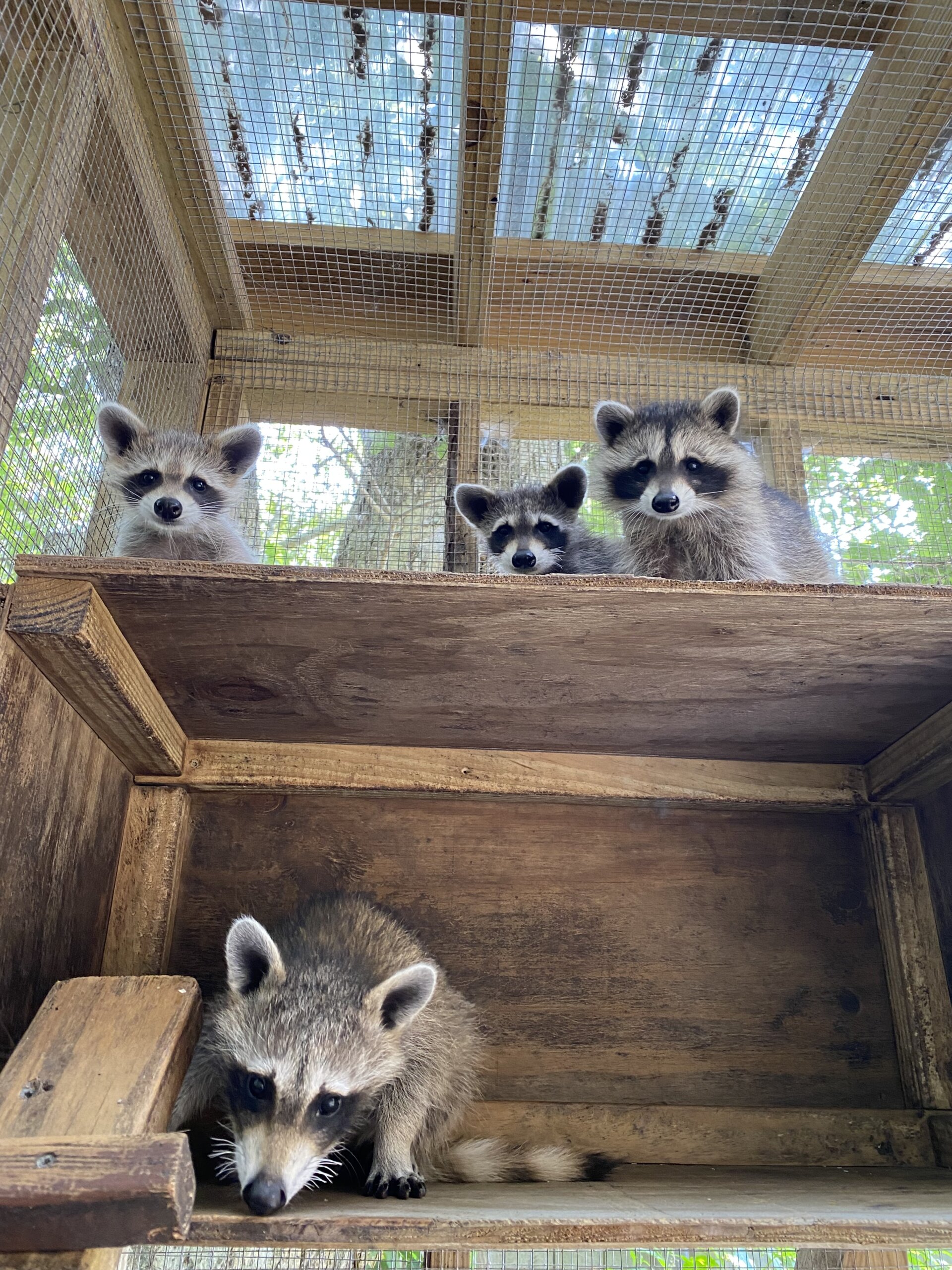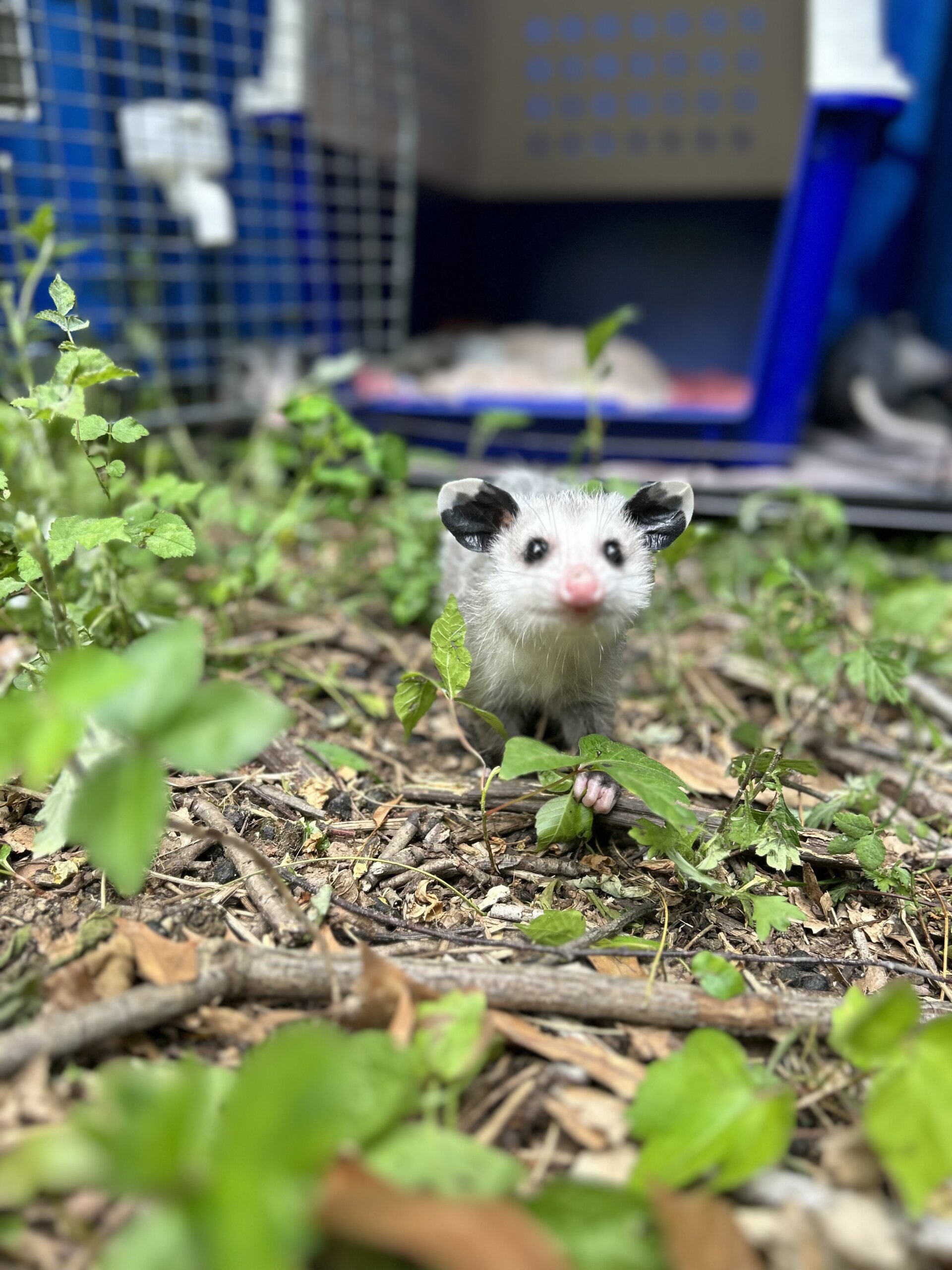The Evelyn Alexander Wildlife Rescue Center in Hampton Bays finds themselves immersed in the care of native wildlife, encountering nearly 2,500 animals annually. Now that spring has officially sprung, the center braces for the influx of newborns – from the first chirping baby squirrels to the arrival of raccoons, possums, and native songbirds. Despite Long Island’s growing urban landscape, animals continue their natural behaviors, many of which may seem foreign to humans. This makes it crucial to recognize if/when to intervene and when to let nature run its course.
Take fledglings, for instance. Jessica Chiarello, Senior Animal Care Technician and Hospital Supervisor explains, “while fledgling birds are learning to fly, their parents diligently provide for them. Yet, well-meaning individuals often mistake grounded fledglings as needing rescue. Look for discerning signs of distress such as limping, blood, or lack of vocalization before intervening. In cases of unsafe displacement such as near a busy street, gentle relocation to safer areas is advised.”
Bunnies, unlike many other mammals, rapidly grow and become self-sufficient at a young age. However, their nests are often disturbed by human activities or other animals. “If a nest is disturbed, it’s recommended to place the babies back and monitor for the mother’s return, keeping in mind that adult rabbits are prey animals, and only visit nests in the morning and evenings. To keep nests protected, keep domestic animals on a leash when they are in the vicinity of the nest,” says Chiarello.
Raccoons face an ugly stigma, especially if spotted during the daytime when they are presumed to be sick or rabid. However, it’s vital to understand the distinction between a healthy animal and one exhibiting signs of illness. Chiarello explains how to assess the situation. “A healthy animal is plump and walks in a straight line, versus one that is very ragged, going in circles, displaying mucus, etc. Those are two separate situations. The first is likely a nursing mom that will leave her babies during the day to go find food so that she can nurse at night, and in the second scenario, the animal may have distemper, a severe respiratory virus.”
During spring and summer months, native wildlife is able to find abundant natural resources for sustenance. While supplementary feeding is optional, if you choose to do so, avoid items like corn and bread. It’s equally important to maintain cleanliness of feeders and water sources to prevent illnesses such as conjunctivitis. Chiarello also stresses the importance of coexisting harmoniously with wildlife, urging kindness in sharing our land and natural resources with wildlife that also call Long Island their home.
The Evelyn Alexander Wildlife Rescue Center offers education and resources to raise awareness about wildlife conservation. For those on the east end encountering wildlife in distress, direct contact with the hospital is recommended. Visit https://wildliferescuecenter.org/ for more information. Additionally, the DEC’s website provides a directory of rehabilitators for broader assistance throughout New York State.






































